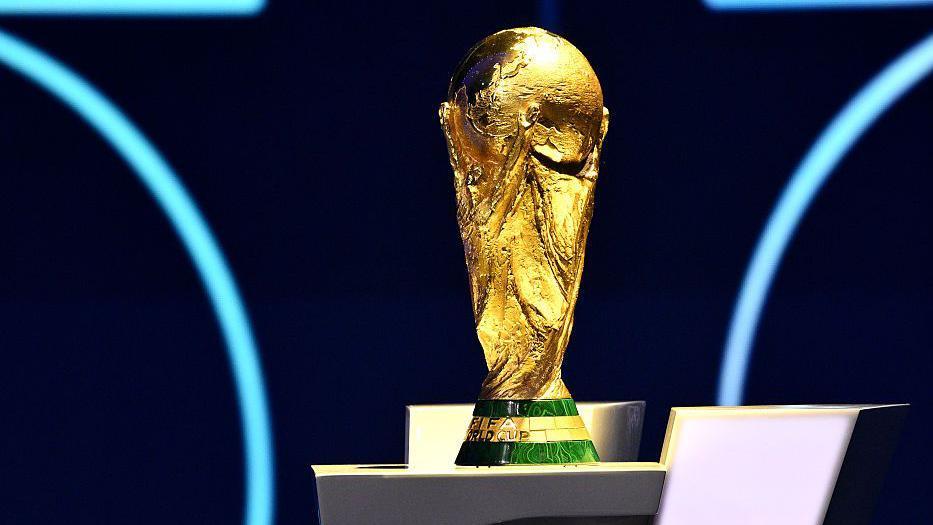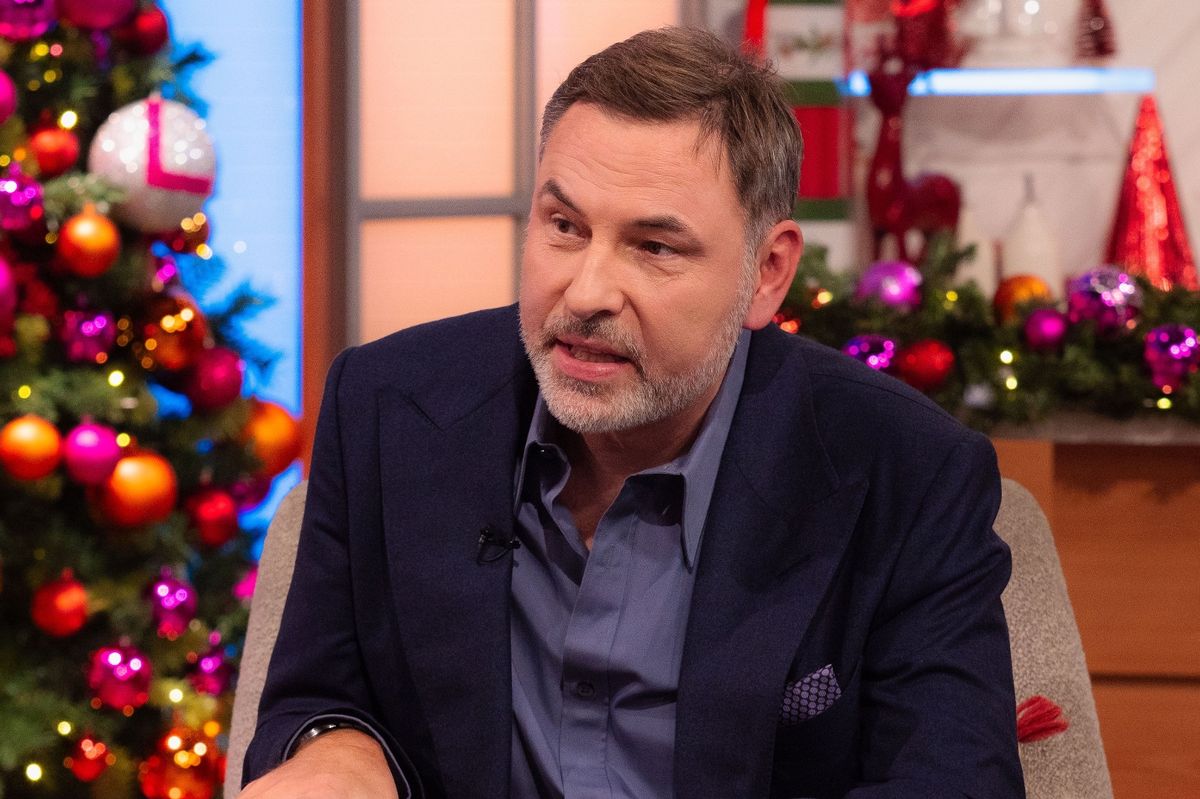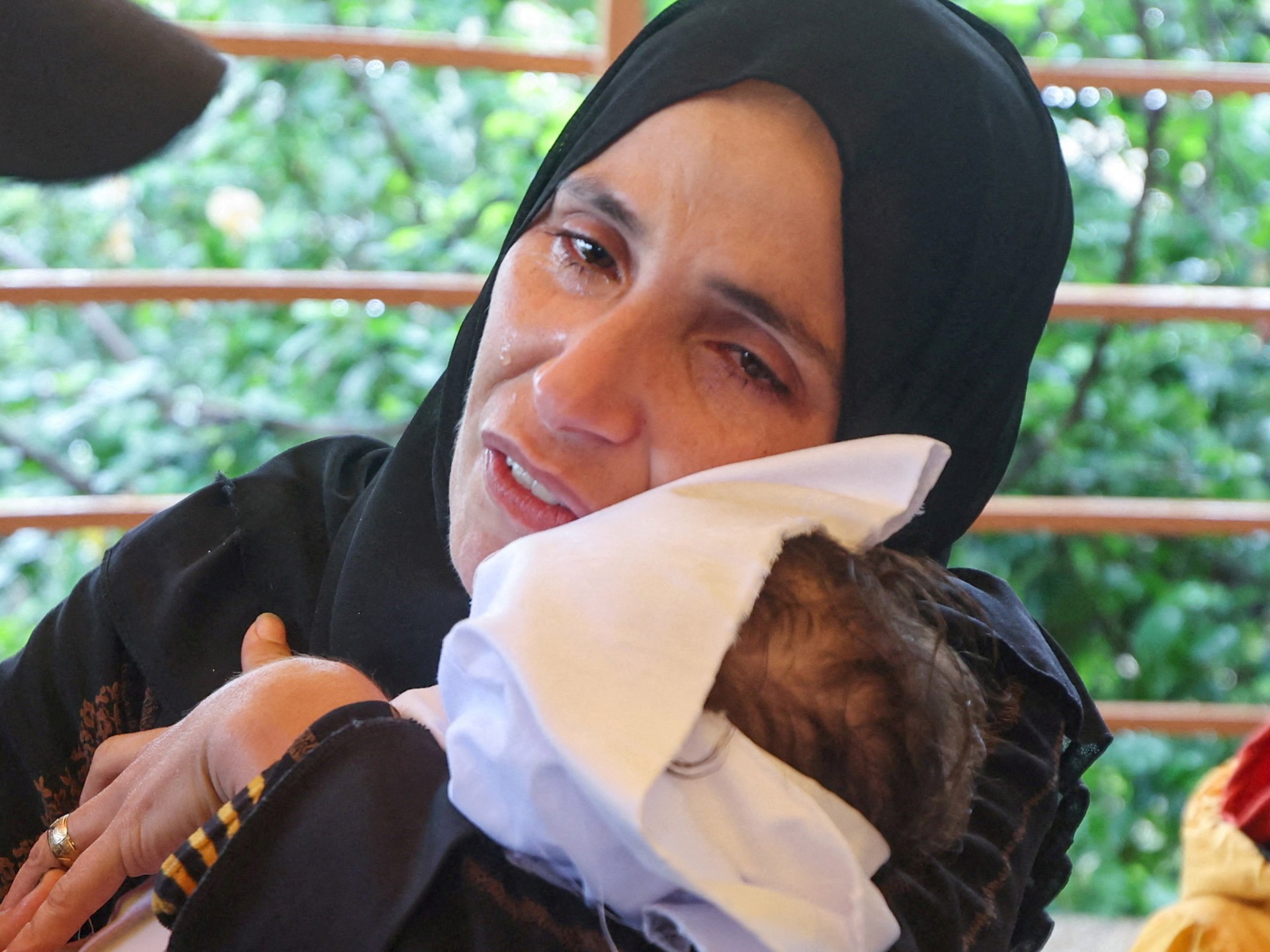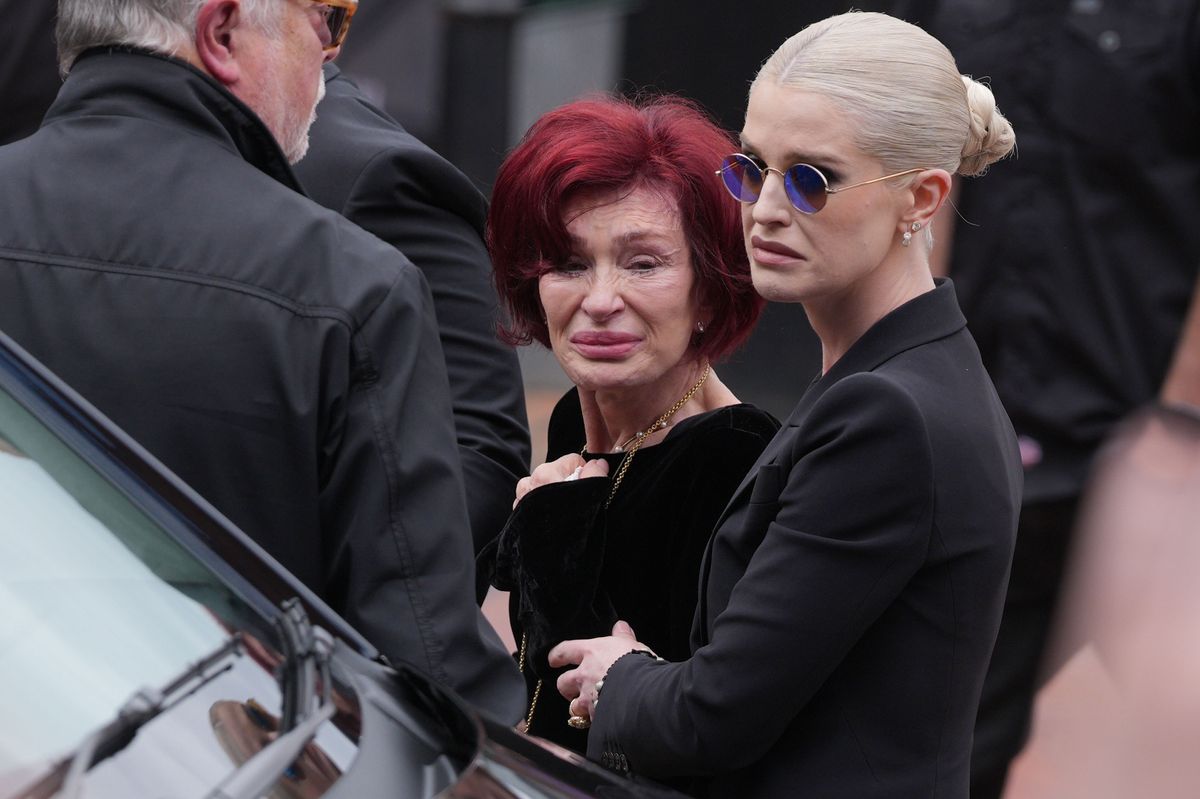- Comments
Sunday brings the first Wear-Tyne derby since 2024 but will it be Sunderland or Newcastle celebrating afterwards?
“For most of last season you couldn’t have imagined Sunderland getting promoted and being competitive with Eddie Howe’s Newcastle, let alone being above them in the table,” said BBC Sport football expert Chris Sutton.
“It is very different now, and the way Sunderland play makes me think they’ve got a real chance.”
Sutton is making predictions for all 380 Premier League games this season, against AI, BBC Sport readers and a variety of guests.
For week 16, he takes on England Gaming star Daniel ‘Stingray’ Ray.
Ray is going for glory for the eLions – the Football Association’s official esports team – at EA Sports FC in the Uefa eEuro 2025 finals tournament, which takes place at Twickenham Stadium on Saturday.
You can watch the action on Uefa’s YouTube, IG Live and TikTok channels, as well as EA Sports FC Twitch and YouTube and England’s Twitch.
Do you agree with their scores? You can make your own predictions below.
The most popular scoreline selected for each game is used in the scoreboards and tables at the bottom of this page.

Ray, who also plays EA Sports FC for Gen City and Manchester City as well as England, is making his debut at the eEuros finals after getting through qualifying.
Eight players will represent their nations at the finals in a straight knockout, playing for a $100,000 prize pool and a coveted spot in the FC Pro World Championship Play-Ins, with Denmark’s Anders Vejrgang defending the title he won last year.
“I am feeling really good for it,” Ray told BBC Sport. “I’ve got a really good coach alongside me and practice has been going well.
“It’s always an honour to play for your country. Obviously when you are younger, you dream about doing it as an actual footballer, but when you go into this job and there is an opportunity to represent England, putting the shirt on is something special.
“I beat Vejrgang 9-4 in qualifying to get here. I’ve played against him throughout the year just in practice, and in other tournaments before – but I’d never beaten him in a tournament before.
“For me, he is the best player in the world so beating him in a tournament like this just gives you like a crazy boost of confidence.”
Chris Sutton and Daniel ‘Stingray’ Ray were speaking to BBC Sport’s Chris Bevan.

Premier League predictions
Saturday, 13 December
Chelsea were excellent against Arsenal at the end of November, when they got a draw after going down to 10 men, and I was thinking here we go, they could possibly be title contenders.
Since then, however, they were outfought by Leeds, looked flat against Bournemouth and this week got turned over by Atalanta in the Champions League.
So Enzo Maresca really needs a win here to get back on track, but it won’t be easy because Everton are such a dangerous team.
Kiernan Dewsbury-Hall and Iliman Ndiaye are playing really well and Everton have got a bit of momentum at the moment.
On form you would probably back Everton, while the most sensible prediction would probably be a draw, but I am not going to be sensible.
They have not given me any real reason to back them recently, but I just have a feeling Chelsea will take this one because they are at home and they are due a win.
Sutton’s prediction: 2-1
Stingray’s prediction: With this being at the Bridge, I am going to back Chelsea. I think they will start off really well and go 2-0 up, then Everton will nick one back but then Chelsea score late. 3-1
I am at this game for 5 Live and it will be fascinating to see what we get from Liverpool.
I am really pleased for Reds boss Arne Slot to get such a great win at Inter Milan on Tuesday after all the stuff with Mohamed Salah this week.
Slot should not have to put up with that nonsense. I know Salah has been a legend for Liverpool but essentially Slot just wants to win games and there is nothing personal in his team selection – he is not treating Salah any different to any other player in that sense.
Liverpool changed their shape against Inter and went with a midfield diamond and two up top.
Everyone is going to be talking about whether Salah is back for this game, but the only way he is going to be reintegrated into the squad is if he apologises.
Slot’s focus will be on winning this game, but it is a tough one.
You could argue it is the same for most teams but I find Brighton so hard to predict. I always feel they have got a goal in them, but they are quite open too.
Liverpool need to get back to winning consistently and putting a run together, but I am not sure how much their efforts at the San Siro will have taken out of them.
I have whacked a couple of Brighton players in my FPL team, Jan Paul van Hecke and Danny Welbeck, so they will probably lose now – but I do fancy them to get something at Anfield.
Sutton’s prediction: 2-2
Stingray’s prediction: This is a game which is going to give Liverpool a bit more of their confidence back. Obviously they had a good win in midweek and they can build more momentum here. I’ve got Salah in my Fantasy team so I hope he plays, but I don’t see it! 2-1
It is only December but this is a must-win for Burnley, in terms of confidence and also staying in touch with the teams above the relegation zone.
Look at Leeds at the moment and you can see they have got some confidence. Burnley are the opposite, after losing six games on the spin.
It is a big game for Fulham too, who are still in danger of being dragged into a relegation scrap.
For all their good play and excitement in pushing Manchester City and Crystal Palace close in the past few days, Marco Silva’s side did not pick up any points.
So, it is vital they get something at Turf Moor, and I think they will. The obvious result is a draw and this time I am going to go with it.
Fulham’s away form has been pretty poor but they do have some real quality in their team. Harry Wilson has been excellent for them this season, but while I don’t see them losing this, I don’t see them nicking it either.
Sutton’s prediction: 1-1
Stingray’s prediction: Burnley will try to shut up shop to stop the rot and I can see them getting a good point at home. 1-1
Speaking of obvious results, this is top against bottom and it’s pretty clear Arsenal will win this – it is just a question of how many they will score.
Rob Edwards has had an absolute stinker since leaving Middlesbrough to take the Wolves job. They are losing every week while, at the same time, Boro always seem to win.
Wolves are in serious danger of being worse than the Derby County side that my 606 co-host Robbie Savage captained to the lowest points tally in Premier League history in the 2007-08 season, and they are not going to get anything at Emirates Stadium.
I watched Arsenal against Club Brugge for Champions League Match of the Day on Wednesday and they got the win they wanted despite being without a lot of players.
The Gunners are still stretched but they were still able to rest a few in that game. I don’t see Arsenal boss Mikel Arteta rotating much on Saturday, though, because he certainly won’t take winning this game for granted.
If you’re an Arsenal fan you probably want to see your team absolutely blow Wolves away and scoring a shedload, but I don’t think that will happen.
Instead, I can see Arsenal getting the game won, then taking their foot off the gas. That’s when Arteta will make some changes.
Sutton’s prediction: 3-0
Stingray’s prediction: So this is where I am not going to get myself a lot of fans! I think Wolves will get their first win of the season. 1-2
Sunday, 14 December
I predict Crystal Palace to win a lot of games because I really rate them but the Europa Conference League has definitely affected them this season.
Still, Manchester City have only had an extra 24 hours rest since beating Real Madrid on Wednesday, so will it make much difference here?
I’m not sure it will. On top of that, I still don’t trust City on the road, especially after witnessing their collapse at Fulham.
Erling Haaland will probably come up with a goal for them and usually I’d say City will find a way to edge this.
Not this time, though. Palace beat City in the FA Cup final and that makes me think Eagles boss Oliver Glasner will have a plan that works this time, too.
His team just need to be able to carry it out for 90 minutes.
Sutton’s prediction: 1-1
Stingray’s prediction: I’m a massive Charlton fan. I grew up in south-east London and stuck with my local side. It would be amazing for us to get back into the Premier League and we started off this season incredibly well, but then we’ve had a few injuries so for now our aim is back to survival.
So, I’m not the biggest Palace fan! I would call them our rivals but we’ve not been able to play them recently. In any case, City have got really good momentum behind them and got that brilliant win at Real Madrid on Wednesday, when they dominated them. 0-3
Nottingham Forest’s Europa League campaign is a problem for their boss Sean Dyche, because it is a distraction from their relegation fight.
Of course Forest want to do well in Europe but if you asked Dyche what his priority is then it has to be climbing the table.
As for Tottenham, I still don’t know what we are going to get from them.
Yes, they have won back-to-back home games against Brentford and Slavia Prague but that doesn’t mean they have turned the corner.
A lot depends on what kind of team Dyche puts out on Thursday against Utrecht but if he focuses mostly on Spurs then I can see this being a very tight game.
I have already gone for a lot of draws this week, but this is another one where I don’t feel confident backing either team to win it.
Sutton’s prediction: 1-1
Stingray’s prediction: I am going to go with Spurs here. Their home form is terrible, and I can’t believe it is that bad, but their away form is just incredible. 1-2
Sunderland have had the week off while Newcastle had to work so hard against Bayer Leverkusen on Wednesday, only to let their lead slip away late on.
Apart from their brilliant performance against Everton a couple of weeks ago, Newcastle’s away form hasn’t been great, especially straight after they’ve played in the Champions League.
I am expecting that pattern to continue on Sunday, and their fatigue is likely to be a factor in how this game goes because of Sunderland’s intensity.
We saw against Arsenal how relentless Regis le Bris’s side are. They bullied the Gunners, and it was amazing to watch.
Everyone talks about how Granit Xhaka has been phenomenal for the Black Cats, and he has been brilliant, but Noah Sadiki, who plays alongside him in midfield, has also been one of the signings of the season and deserves some attention too.
I am expecting this to be the best game of the weekend, and I am also expecting Sunderland to win it.
Some derby games can be hyped up and then end up being disappointing, but I can’t see this one letting anyone down.
I love the way Eddie Howe sets Newcastle up too, and he is a brilliant manager, but the Black Cats will take the bragging rights.
Sutton’s prediction: 2-1
Stingray’s prediction: I’ve got a few friends from Sunderland, and a few friends from Newcastle… but I think Newcastle run away with this. 0-4
I have backed against my old team Aston Villa in the past couple of weeks but they proved me wrong by beating Brighton and then doing the same to Arsenal.
Unai Emery’s side just keep on going and keep on winning too, and they always seem to find a way to get over the line. They have won seven games in a row now in all competitions, and I think they are amazing.
I am not going to back against them this time, that’s for sure. They have got a brush with Basel on Thursday but playing in the Europa League has not affected them too much recently.
West Ham have turned a corner under Nuno Espirito Santo, but so has Villa striker Ollie Watkins.
Watkins is starting to look more like his old self, and he could make the difference here to continue Villa’s winning run.
Jarrod Bowen will ensure they don’t have an easy game, but Villa have got enough goals right through their team to take the points even if Watkins doesn’t score on Sunday.
I was absolutely delighted to see Emi Buendia get the winner against Arsenal. He has had a lot of injuries to contend with at Villa but I saw a lot of him at Norwich and he is a terrific player.
Sutton’s prediction: 1-2
Stingray’s prediction: I’m going with Villa to edge a pretty boring game. 0-1
This is another big game at the bottom of the table.
I am so pleased for Leeds boss Daniel Farke because I was fed up with the rubbish being talked about how he cannot manage in the Premier League.
Leeds have had a tough run of games against Manchester City, Chelsea and Liverpool and it felt like there were people out there who were waiting and even wishing for Farke to fail, so he would be sacked.
I am delighted that it has turned out very differently. The performances, the guts, and the quality that Leeds have shown has been brilliant, even in defeat at City, and against Chelsea and Liverpool they have picked up points too.
Dominic Calvert-Lewin’s goals have made the difference, and they will go into this game full of belief, and thinking they have got a real chance.
Brentford are still favourites, though, because their home form is so good – with five wins, a draw and just one defeat under Keith Andrews so far.
The Bees were pretty limp when they went to Spurs last week but on their own patch it is a different story. They have won their past three games there, against Liverpool, Newcastle and Burnley so, like Leeds, they will be full of confidence.
I remember Farke’s last game as Norwich manager in November 2021, when his team beat Brentford but he was sacked a few hours later. This time, I am backing Brentford to win, but Farke’s future should not be in doubt.
Sutton’s prediction: 2-0
Stingray’s prediction: Both teams score quite a lot of goals. 2-2
Monday, 8 December
Bournemouth are on a terrible run of results but they have got a great record at Old Trafford, winning 3-0 there in December in each of the the past two seasons.
I remember as a player, there were some teams I played against, or stadiums I played at, where I just felt we were going to get a good result, regardless of form.
Maybe this is one of those games, and venues, for Andoni Iraola’s and his players. It is certainly the time of year for them to go to Old Trafford and win.
So, while I am going to get pelted by Manchester United fans for this, I am going to back Bournemouth to stop the rot, and edge this one to make it a hat-trick of wins over United.
Fair play to Amorim, though. Even if United do lose this game, then he has definitely steadied the ship since Bournemouth won 3-0 here for the second time, in December 2024.
That defeat was United’s third in four games and left them 13th at Christmas. It felt like it was permanently pantomime season at Old Trafford but we are no longer at the stage where there is a fervour for Amorim to be sacked every other game.
United are still not very convincing a lot of the time, but they are in a much better place, looking up the table and eyeing the top four. Amorim deserves some credit for that, even if there is still a lot of work to do.
Sutton’s prediction: 1-2
Stingray’s prediction: I feel like United are on an upward trajectory at the moment. They are going to win and keep a clean sheet too. 2-0
How did Sutton do last week?
From the 10 matches in week 15, the only game where everyone got the right result was Newcastle’s 2-1 home win over Burnley.
That game still ended up being costly for Chris and his guest, DJ and producer Paige Tomlinson, however.
They had both gone for a 2-0 Magpies victory, so the Clarets’ stoppage-time penalty cost them 30 points and, ultimately, handed the weekly win to AI.
Chris got seven correct results in all, but with no exact scores, for a total of 70 points.
The BBC readers only managed three correct results, with no exact scores, for a tally of 30 points, while Paige did slightly better with four correct results and no exact scores, leaving her on 40 points.
It was an exact score that made the difference for AI, as it correctly went for a 1-1 draw between Brighton and West Ham.
Overall, it got six correct results and, including that exact score, ended up with 90 points.
Related topics
- Premier League
- Football
- 16 August








